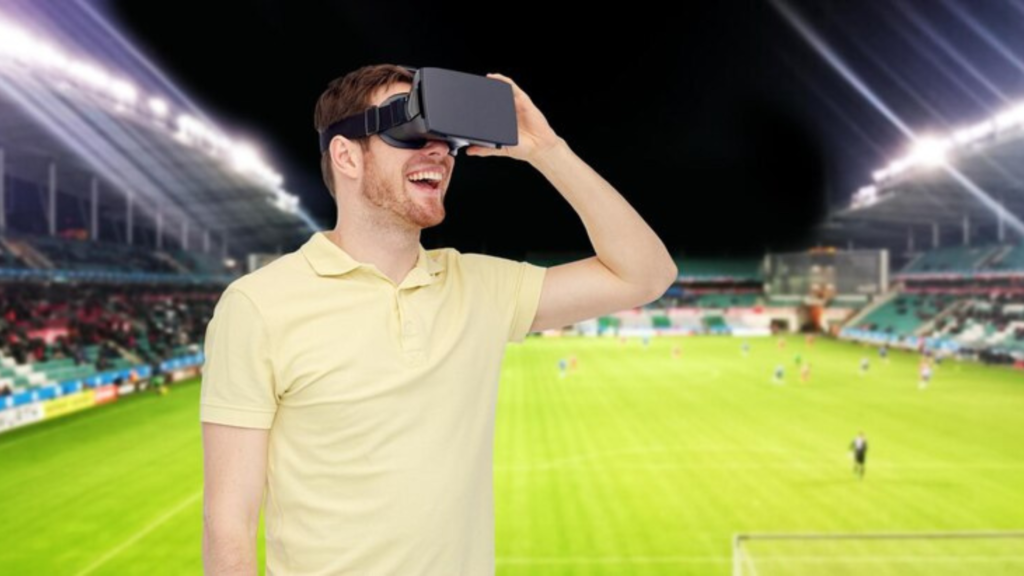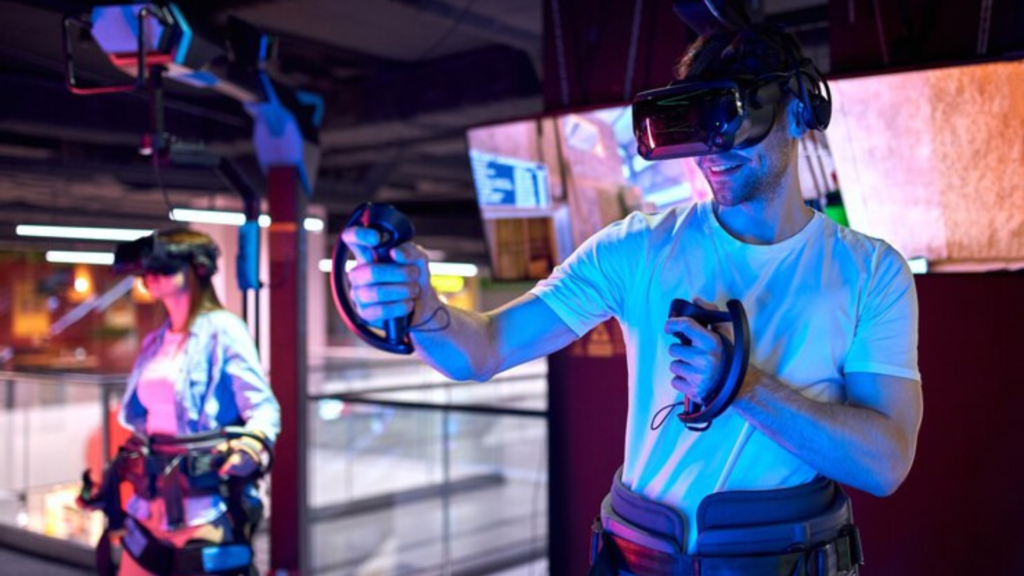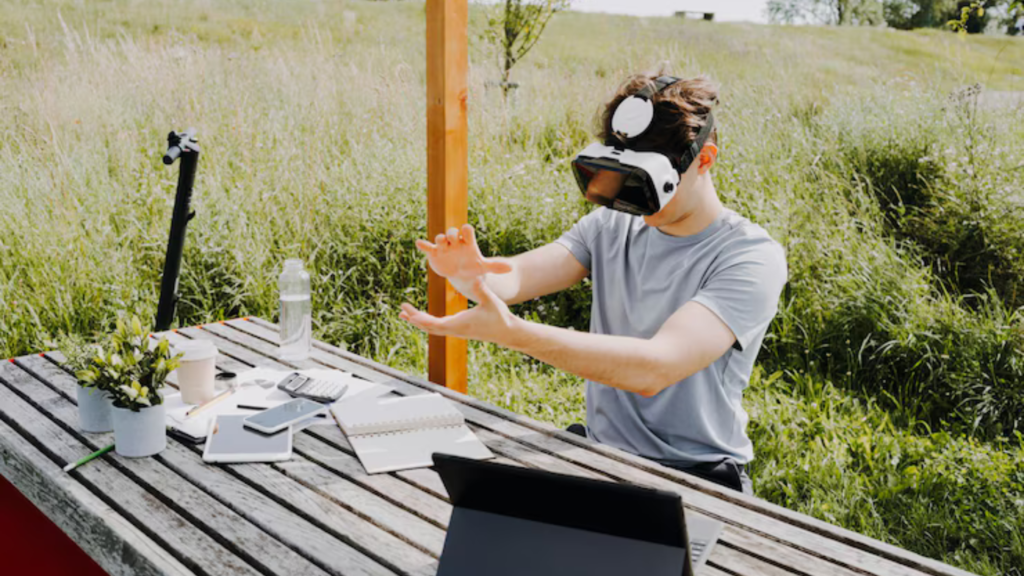Why Motion Capture Changed Sports Game Development
- Get link
- X
- Other Apps
Few people would consider that practically all the movements of the characters in Assassin Creed could not exist without the efforts of hundreds of people, even if they see how elegantly the heroes move or admire how little awkward Nathan Drake's steps are. Now, it is difficult for us to conceive any significant budget game without the technology that was only a dream a few years ago. In the instance of last year: The Last of Us or Grand Theft Auto 5, the major performers really ran around the scene flailing their hands and threw chairs about rather than merely reading the lines into the microphone.
Well, in the development of Beyond, we even caught the actors' face expressions apart from their body movements. It applies basically in every field, including business and medicine; in sports, for example. Still, our main focus is on what this technology could provide for art. It's time to learn about the motion capture process and the resulting creations. Usually, the cameras situated on a dedicated movie set—a particularly outfitted one with absolutely good lighting, certain decorations, and likely monochrome background—read the circular markers ("ping-pong balls").
What is it and what do you eat it with

The outcome overlays three-dimensional models, which then become animated. One would have thought the deal was finalised. Hold the horses; this is only a basis. Although the technology is not perfect yet, more laborious and slow work of animators meant to soften the fabric of the character and make the movements lifelike enough follows the motion capture procedure. Apart from that, there are times in post-production when the authors feel like altering, erasing, or substituting something: the curvature of an elbow, the turn of a head, the details of the walk, anything!
Furthermore, the core of the original animation is kept only when the actor was some kind of monster rather than a human. The miraculous effect pays for all the work: On the computer screen the dreams, whirling in the head of the director (screenwriter, game designer) show up. These days, motion capture systems abound in number. Popular among them are marker-based systems.
Where it all began

One will find passive ones among them wherein the reflections of infrared light subjected to them carry the news about their position (after recording the brightness is so reduced that only glistening dots will show on the screen). And active ones, in which one utilises the LED pre-equipped with their own CPUs and tuned with the radio instead of the reflecting markers. They also use gyroscopic markers (data of the sensors is sent straight to the computer) and magnetic markers (the position of the markers is determined using magnetic field distortions). Even full mechanical outfits.
No system has neither pros nor drawbacks. With magnetic systems any distraction will change the quality of the record; with such passive systems, e.g., precision is lost when the marker blocks the camera lens by an object. Finally we have the completely markerless ones with Stellar pricey and sophisticated cameras; their developers claim that they are less expensive, more precise, and more user-friendly than the conventional motion capture techniques. This means that, in most cases, when it comes to the concerns of cost, quality, and convenience, you have to decide between them and the solution is not and, but or.
About motion capture in film

Conclusion

First they considered how to link strongiometers to the bodies of the patients (or rather, subjects) and, with the readings of them, digitise the motions using a computer. People began using the method as well; many improvements and adjustments on the approach have been made. Their dog too was borrowed. The systems based on LED markers and various reflective objects evolved with time (the results were not very accurate and required further cleaning); in 1983 a one-of- a-kind system named Graphical Marionette was developed, which just handled to present the characters animated by this method.
But when motion capture was used in films and video games, it took really a long time. It was only in the middle of the nineties that commercial usage of the technology was clearly evident. At first, even Serkis himself thought he was acting in some ridiculous behaviour on the movie's filming. Still, Gollum creates a wonderful impression exactly with all its plasticity, voice, and great work of painters and animators even now, well over a decade later. Impressed by Andy's skill, Peter Jackson reportedly requested the animation crew to create the character looking and acting as near as possible to the actor.
- Get link
- X
- Other Apps
Comments
Post a Comment